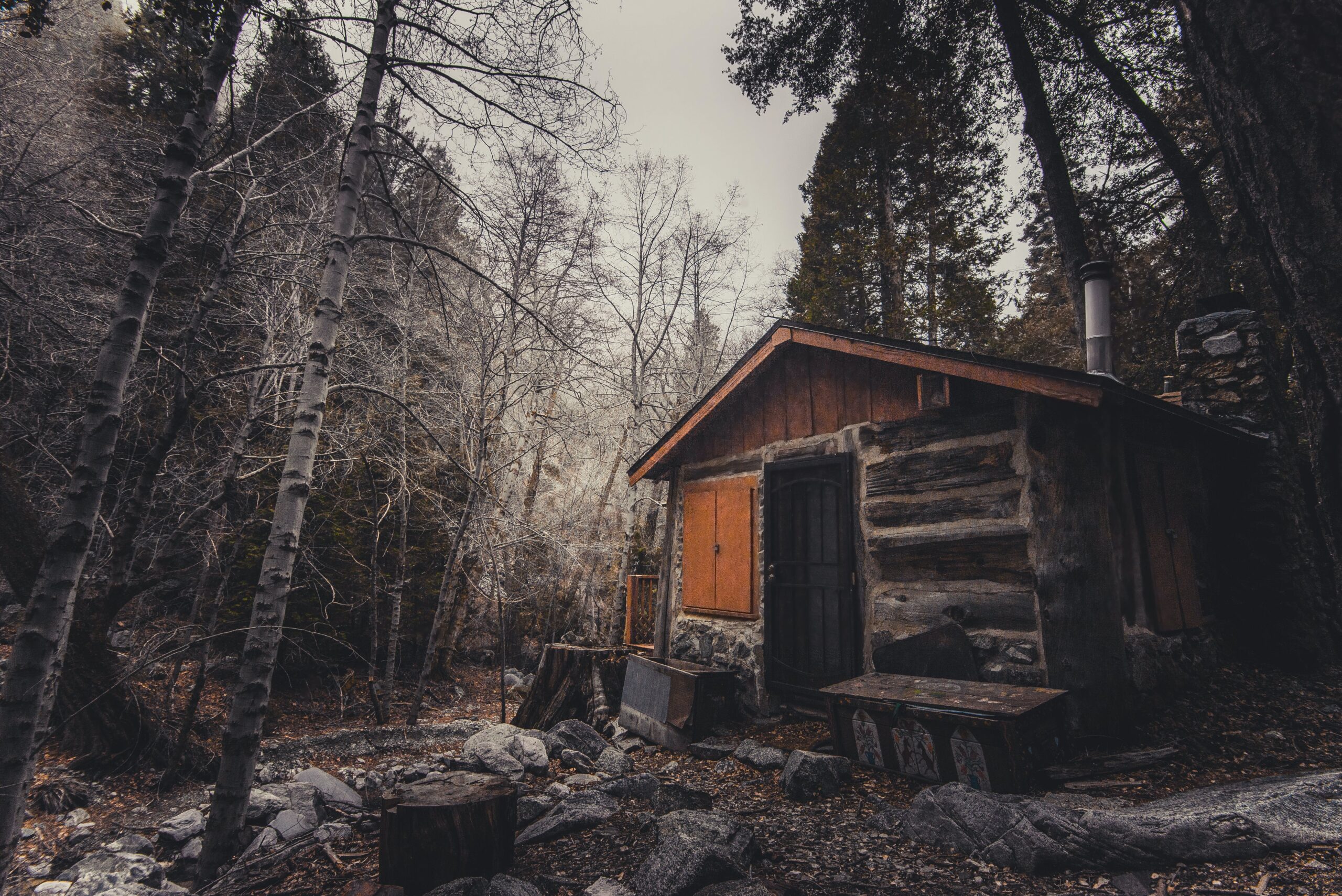In the realm of bug-out readiness, much emphasis is rightly placed on honing survival skills, amassing supplies, drafting evacuation strategies, and packing essentials. Yet, amidst this flurry of preparation, one crucial element often slips through the cracks: fortifying your home. In this article, we delve into the significance of prepping your residence before bug-out scenarios, outlining essential steps and strategies to manage associated costs effectively.
The Importance of Home Preparation for Bug-Out Situations:
When contemplating bug-out scenarios, it’s natural to envision a return to your domicile eventually. Unlike a typical vacation departure, evacuating during an emergency demands swift action, underscoring the necessity of prepping your home in advance. Failure to do so not only heightens the risk of looting but also exposes your property to potential environmental hazards.
Enhancing Your Home’s Bug-Out Preparedness
Bolstering doors and windows constitutes the initial stride in home readiness. Installing robust deadbolts and fortified strike plates on exterior doors fortifies them against forcible entry, be it from severe weather or intruders. Additionally, replacing weak or damaged windows with impact-resistant alternatives or storm windows offers enhanced protection and expedites evacuation by eliminating the need for individual shuttering.
For those already on the path to self-sufficiency with an emergency stockpile, optimizing storage accessibility can streamline your exit strategy and safeguard supplies in the long run. Designating an emergency pantry in a secure location near an exit, such as a walkout basement, provides a centralized repository for canned goods, water, and survival gear.
Anchoring sizable outdoor items, like patio furniture or grills, mitigates their transformation into hazardous projectiles during high winds. Alternatively, promptly stowing loose items in a secure shed or garage averts potential damage.
Regular landscaping maintenance not only enhances curb appeal but also reinforces home safety. Pruning trees and removing dead branches curtails the risk of structural damage during storms, while gutter upkeep and proper drainage prevent water intrusion.
Tailoring Home Preparations to Location and Budget
Geographical considerations dictate specific upgrades; residents in hurricane-prone regions may focus on storm-proofing measures, while those in high-crime areas might opt for security enhancements like window bars.
While the costs associated with home prepping may seem daunting, they pale in comparison to the potential losses incurred by neglecting to secure your property. Moreover, certain upgrades, such as storm windows, offer long-term savings on energy and insurance expenses.
Various financing avenues, including cash-out refinancing, empower homeowners to undertake necessary improvements, with the added benefit of readily accessible funds during emergencies. While some tasks lend themselves to DIY endeavors, enlisting professional assistance for complex projects ensures proper execution and minimizes risks.

Moving Forward: Safeguarding Your Sanctuary
Prioritizing home preparation lays the foundation for safeguarding your property, enhancing safety, and facilitating a seamless return post-evacuation. From reinforcing entry points to organizing emergency provisions and maintaining exterior integrity, every measure contributes to fortifying your home against unforeseen adversities.
While initial investments may seem daunting, they ultimately bolster the resilience of your abode and offer invaluable peace of mind during crises. By embracing home prepping as an integral facet of bug-out readiness, you not only protect your assets but also ensure a more secure and efficient evacuation process.

